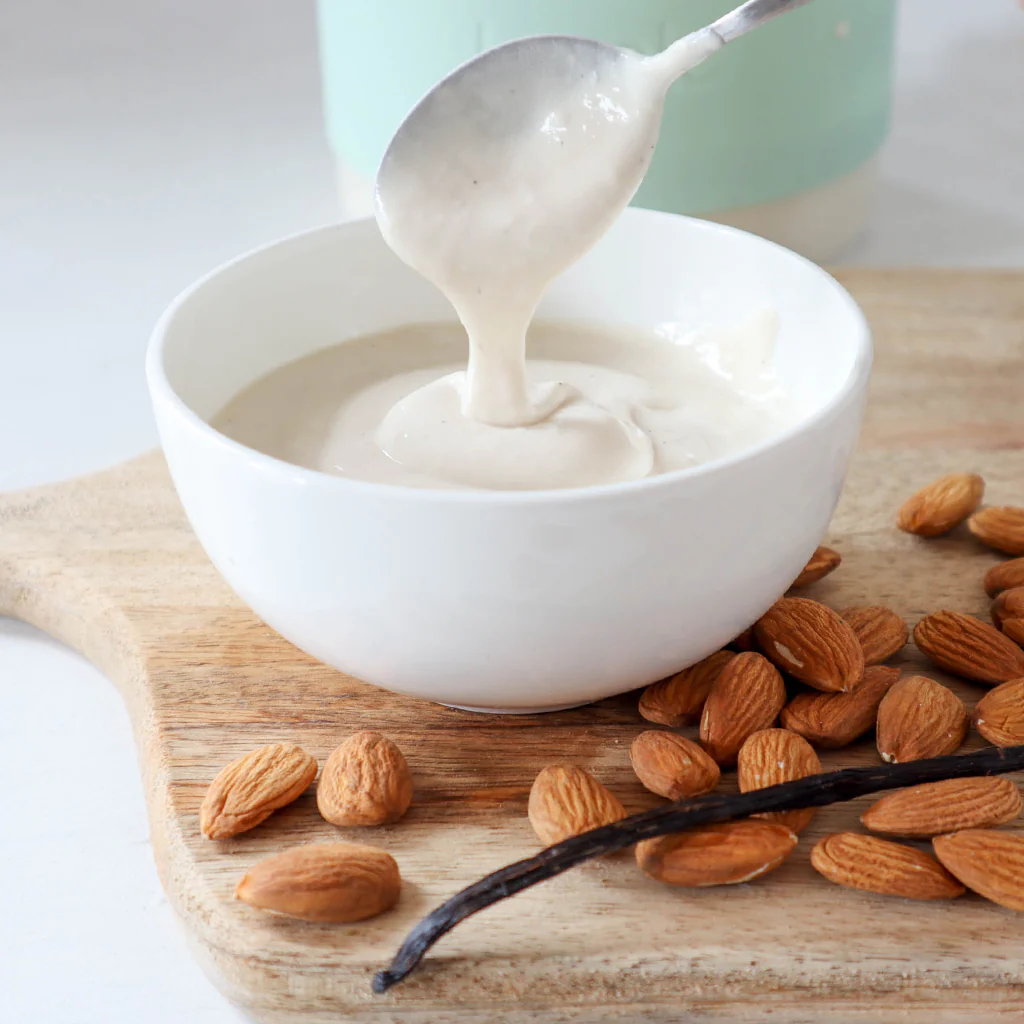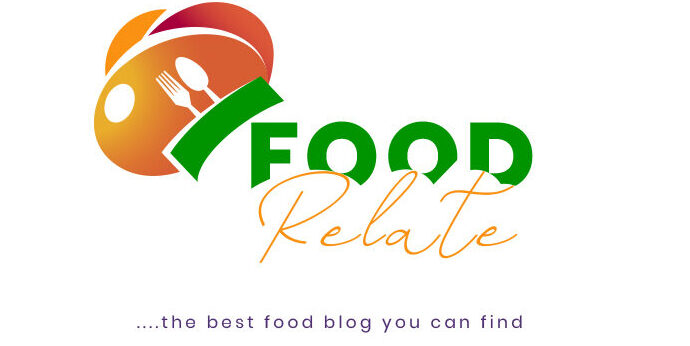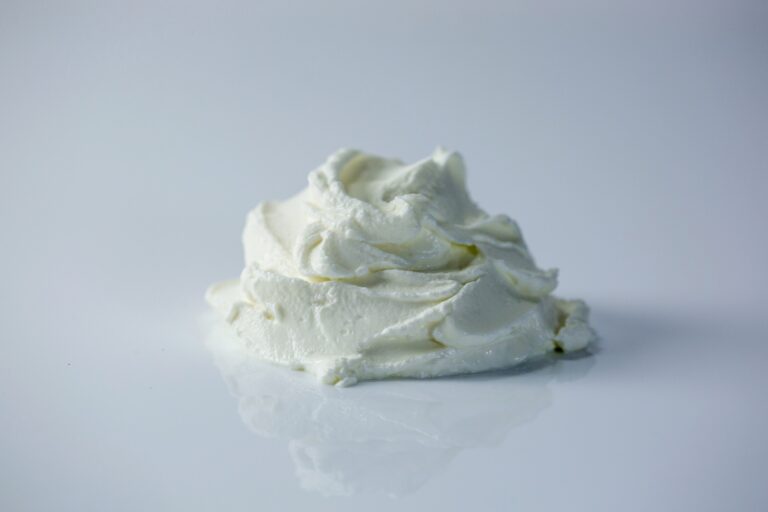Yoghurt is a food produced by slight fermentation and often flavored semi-solid food made of milk, sugar and milk solid.
Essentially yoghurt is a fermented milk product which is known to be high in protein, calcium and probiotic bacteria known as Lactobacillus bulgaricus and Streptococcus thermophilus.
It is simply a semi-fluid fermented milk food that is smooth textured and has a mildly sour flavor because of it’s lactic acid content.
Yoghurt, being a solid or a liquid has been a debatable topic amongst scientists, chefs and so many people around the world.
The curiosity may seem trivial, but it has some important implications on understanding yoghurt physical properties. This article will answer this curious question and explore the unique properties of yoghurt.
Facts about yoghurt
- Yoghurt has been known to be a good source of protein. Protein from casein and whey protein.
- Yoghurt is known to contain a significant amount of water of about 80-90% of water.
- Yoghurt is also known to contain a varying levels of fat from non-fat to full fat.
- Yoghurt is also known to have a gel- like structure. This is because the fermentation process creates a gel-like network of proteins and fat molecules.
Properties And State Of Yoghurt
Most yoghurt is liquid, although it can be a highly viscous liquid. Some yoghurt, however is thickened with gelatin and other substances that help it retain it’s shape and make it solid. Most people believe that yoghurt it’s a semi solid food, this is because it has thick, creamy consistency that is thicker than a liquid but not as solid as a solid.
However, in reality yoghurt exists in a state of matter known as semi-solid or soft solid and viscoelastic material which signifies it exhibits properties of both solid and liquid. This understanding is essential for handling, processing and applying yogurt in various culinary and industrial context.
When differentiating whether yoghurt is a solid or a liquid we have to consider some things like it’s composition, physical state ( whether it is warm or chilled) and it’s consistency under different physical state or condition.
Though from a scientific viewpoint, yoghurt is classified as a colloid (semi-fluid) containing milk proteins, fat globules and water. This semi-fluid mixture gives yoghurt it’s semi- solid consistency Making it thicker than most liquids but not as solid as a typical solid.
Is Yoghurt Solid Or Liquid?

The differentiation between solids and liquid lies in the ability to flow we all know that solid does not flow like liquid does. Yoghurt exhibit both solid and liquid’s ability to flow.
The question on whether yoghurt is a solid or a liquid?. The answer lies in it’s unique properties, which exhibit characteristics of both states. Yoghurt becomes a solid at low stresses exhibiting rigidity and resistance to flow meanwhile it becomes a liquid at high stresses flowing and changing in shape.
Read More:
- Is Chocolate A Candy?
- Is Salt A Spice?
- Is Kiwi A Citrus Fruit?
- Is Garlic A Vegetable?
- Is Shrimp a Meat?
You don’t really need to be confused on whether yoghurt is a solid or a liquid. Well it depends on the conditions they are put in. It can both be a solid and a liquid or better still classify it as semi-solid or a soft solid because it can’t exactly be categorized into a solid or a liquid because it’s basically in between.
Furthermore, the classification of yogurt as a solid or a liquid is not a binary choice but rather spectrum of behaviors that depend on the specific context.
By embracing this complexity we can gain a deeper understanding of yoghurt’s unique properties and harness it’s potential in innovation ways.
Conclusion
In summary, the distinction over whether yoghurt is a solid or a liquid underscores it’s many sided nature, because it exhibits properties of both states. Yoghurt’s semi-fluid structure, viscosity, flow and it’s unique properties contributes to it being categorized as a semi-solid food.
However, yoghurt’s interchanging physical state has brought a major debate and challenges, conventional definitions of solids and liquids which highlights the intriguing characteristics of this popular diary product.
So basically yoghurt is a semi- solid because it’s not fully a liquid neither is it fully a solid. So we categorize yoghurt as a semi-solid food.I hope this article has been helpful to you in some way or the other to be able to differentiate whether yoghurt is a solid or a liquid.
If you found this article helpful, leave a comment down below on the comment section and share with your family, friends and loved ones to clear the confusion on whether yoghurt is a solid or a liquid.



